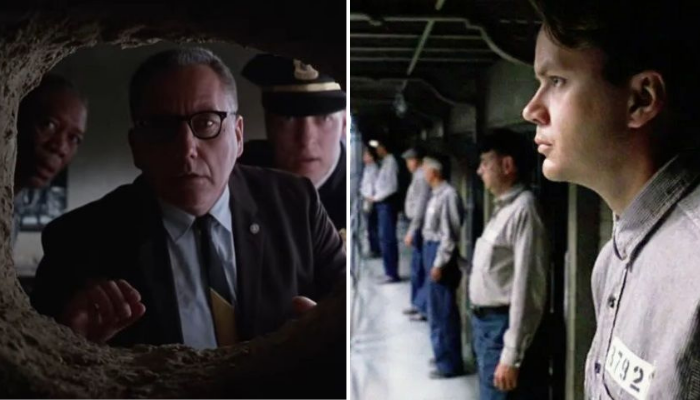34+ Behind-the-Scenes Secrets From The Shawshank Redemption
The Shawshank Redemption is one of the most loved and respected films in Hollywood history. Even though it didn’t do well at the box office when it first came out, the movie found success later and became a global hit. Its powerful message of hope, friendship, and never giving up has touched millions of people around the world.
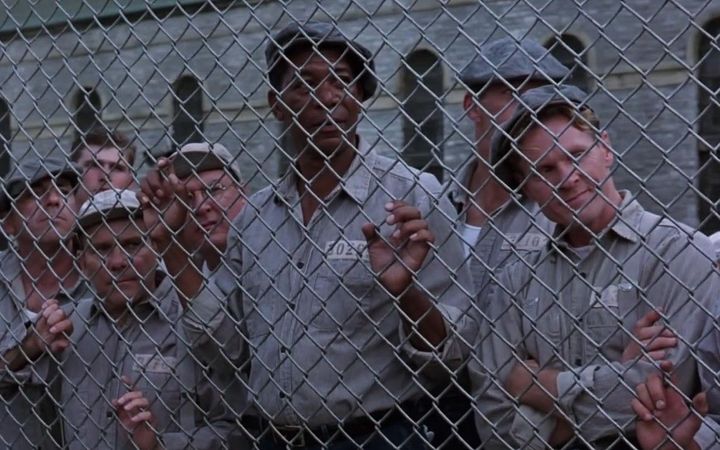
But what many fans don’t know is that there was a lot of drama and chaos during the making of the movie. From actors spending time in real prisons to risky props used on set, the production had its own share of surprises.
These Shawshank Redemption behind-the-scenes stories give fans a deeper look into the film’s journey—and might change how you see the movie forever. Whether you’re a fan of famous prison movies, or just love to discover hidden Hollywood movie secrets, these details will make you appreciate this cinematic masterpiece even more.
Based on a Stephen King Short Story
The movie is based on Stephen King’s novella Rita Hayworth and Shawshank Redemption, published in his 1982 book Different Seasons. Director Frank Darabont got the rights to the story through King’s special “$1 deal,” which allowed new filmmakers to adapt his work as long as it wasn’t for profit.
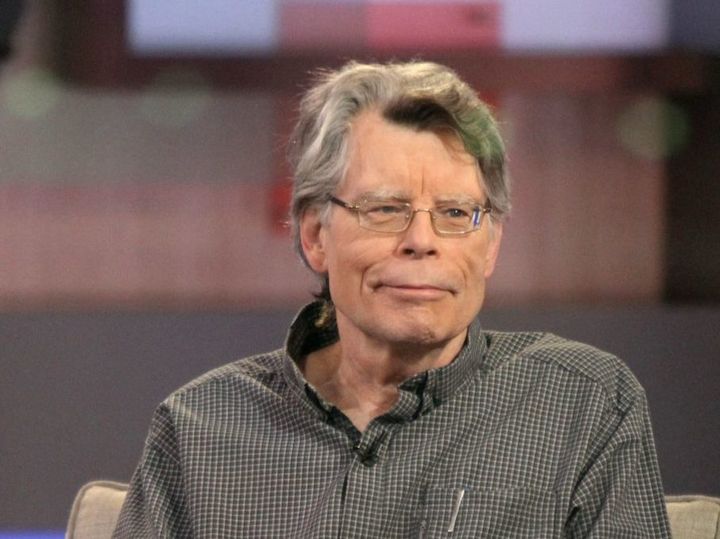
Darabont had earlier adapted The Woman in the Room, impressing King so much that he gave him the green light to turn Shawshank into a feature film. And that’s how this Hollywood classic was born.
Morgan Freeman Played Catch—For Nine Hours
Morgan Freeman’s dedication to his role as Red is unforgettable. In one scene, where Andy talks to Red about a rock hammer, Red is seen casually tossing a baseball.
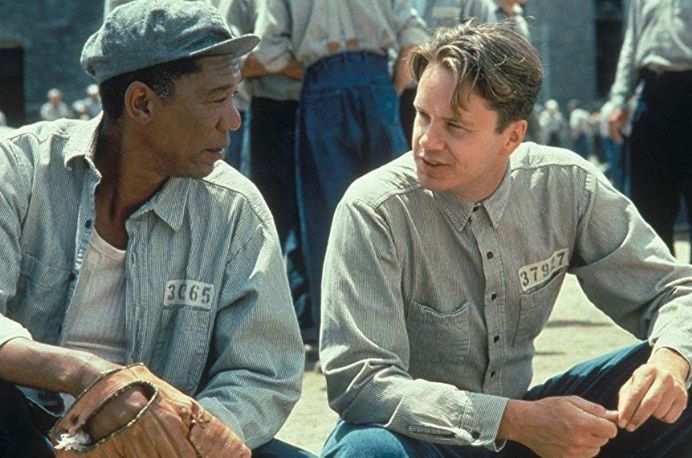
This moment took nine hours to film! Without complaining, Freeman threw the ball over and over, perfectly staying in character. The next day, he showed up on set with his arm in a sling. That’s true Hollywood commitment and shows why Freeman is one of the most respected actors in the industry.
They Found the Perfect Location in Ohio
Finding the right setting was a big challenge—until the team discovered the Ohio State Reformatory in Mansfield, Ohio. Even though the story takes place in Maine, this old prison turned out to be perfect.
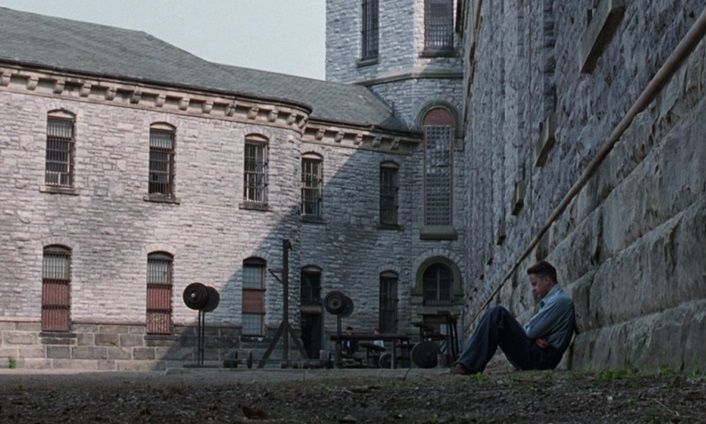
Built in 1896, the prison had recently been closed after inmates filed a lawsuit. It was set for demolition, but the film crew delayed the teardown just to capture its raw, authentic atmosphere, giving the movie its unforgettable backdrop.
Narration Was Inspired By *Goodfellas*
The original story had lots of dialogue, and director Frank Darabont had to figure out how to bring it to life on screen. He wasn’t sure about using too much voiceover—until he watched Goodfellas.
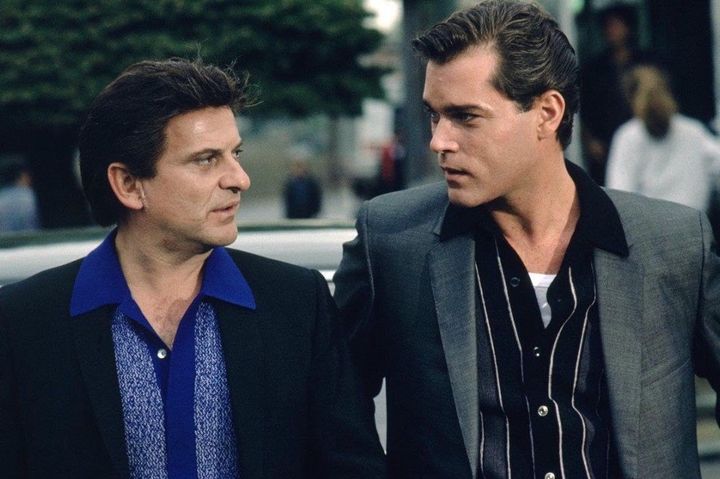
He loved how Ray Liotta’s narration added emotion and rhythm to the story. Inspired by this, Darabont decided that Red should narrate Shawshank, and it worked perfectly. Red’s voice gives the movie its emotional depth and helps guide us through Andy Dufresne’s powerful journey.
Iconic Scene Wasn’t in Focus
The most unforgettable moment—Andy standing in the rain after escaping through the tunnel—almost didn’t make it into the film. The scene was hard to shoot, and every take was out of focus.
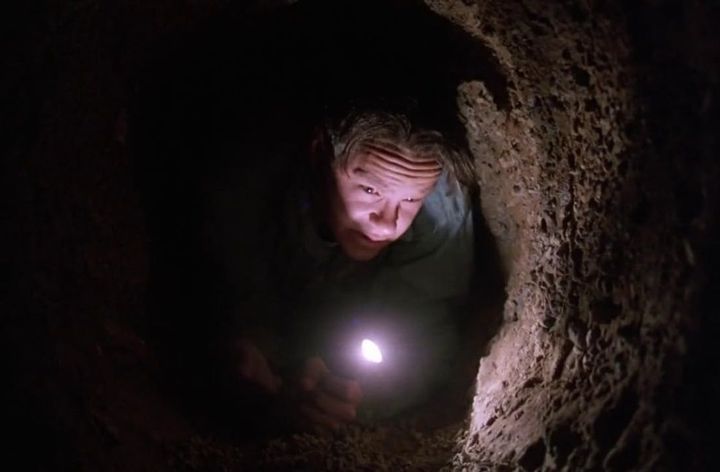
Luckily, just before time ran out, the team got the perfect shot. That one frame of Andy with his arms raised became one of the most iconic moments in cinematic history.
Morgan Freeman’s Son Makes an Appearance
If you thought only one Freeman appeared in the film, think again. Morgan Freeman’s son, Alfonso Freeman, made a surprise appearance.
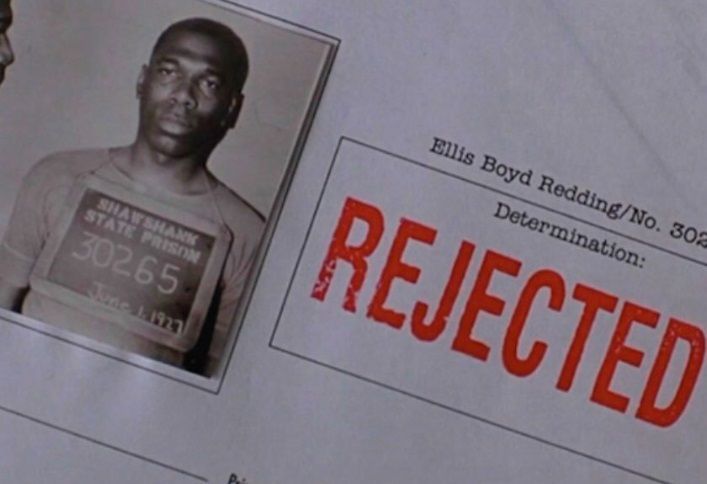
During the scene where Red’s mugshot is shown, the face you see is actually Alfonso’s—not Morgan’s. Instead of trying to de-age the actor, the filmmakers used Alfonso’s photo, thanks to the strong family resemblance. It’s a small detail, but a fun fact for fans of Hollywood movie trivia.
Freeman Refused to Shoot a Scene
The powerful and emotional ending of The Shawshank Redemption is loved by millions. But what many fans don’t know is that it could have ended differently. Director Frank Darabont had another idea for the final scene—one that Morgan Freeman rejected.
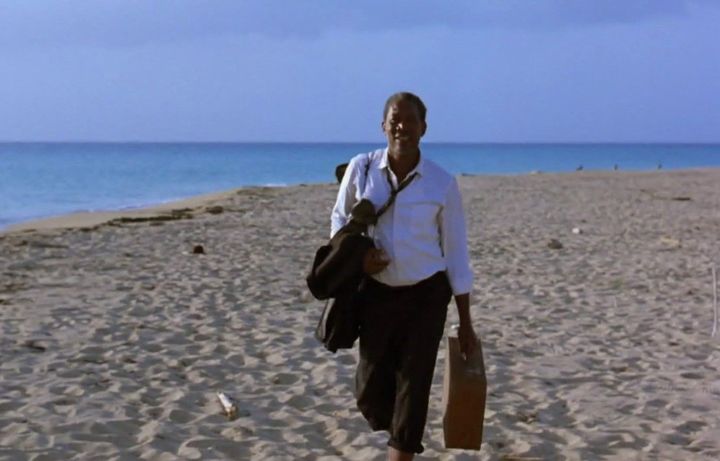
Darabont imagined Red playing the harmonica Andy had given him, as a touching final moment. But Freeman thought it felt forced and unnecessary. He believed it didn’t fit the tone of the story. In the end, his choice helped create the quiet, hopeful ending that made the film so special.
These Actors Almost Landed the Main Role
When the film was being planned, Darabont considered Hollywood legends like Clint Eastwood, Paul Newman, Gene Hackman, and Robert Duvall for the role of Red. All of them were strong actors with great screen presence.
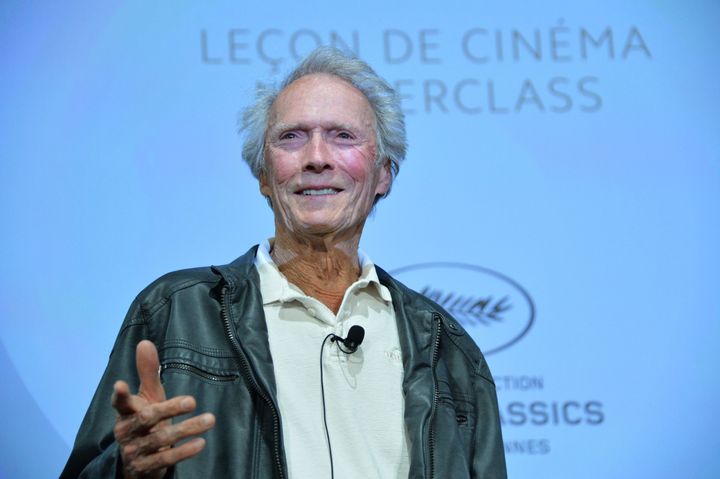
Darabont hoped one of them would bring serious weight to the role. But when they weren’t available, the role took a new turn—and Morgan Freeman stepped in. His performance became one of the most iconic parts of the movie, showing that the backup choice can sometimes be the perfect one.
The Actors Considered to Play Andy
When casting Andy Dufresne, the director looked at some of the top Hollywood actors of the time. Names like Tom Hanks, Kevin Costner, and Tom Cruise were on the list. But things didn’t work out.
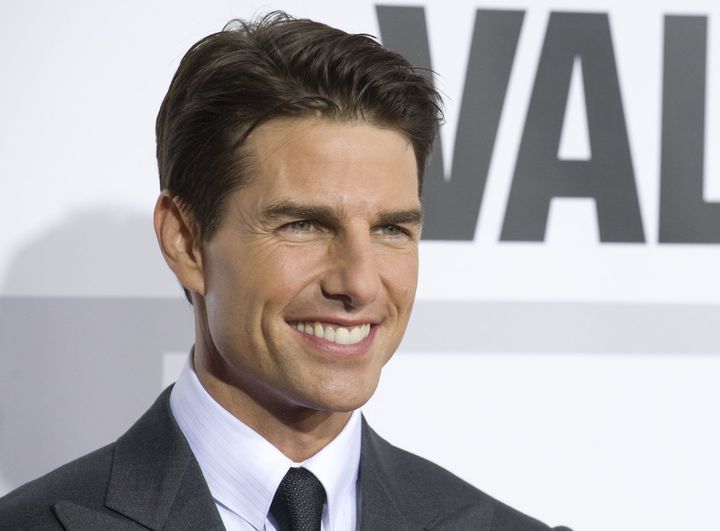
Tom Hanks passed because he was already filming Forrest Gump, Kevin Costner said no because he was focused on Waterworld, and Tom Cruise walked away because he didn’t trust Darabont’s experience as a director. Eventually, Tim Robbins got the role—and many believe no one could have played it better.
Brooks’ Backstory
Brooks Hatlen is one of the most emotional characters in The Shawshank Redemption. He spent 50 years in Shawshank and became a symbol of what happens when someone is in prison for too long. The film never says what his crime was, but he calls himself “an old crook.”
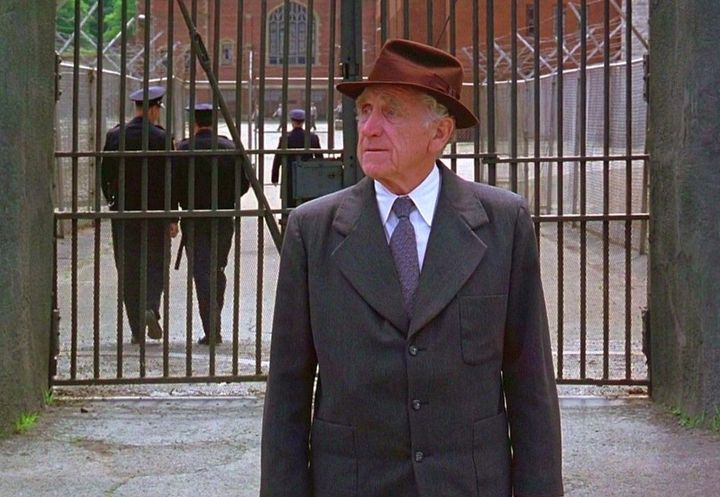
In Stephen King’s original novella, it’s revealed that Brooks was in prison for murdering his wife and daughter after a poker loss. This dark backstory adds even more depth to his character. Brooks’ story shows the heartbreaking effects of institutionalization, making his journey one of the saddest and most powerful parts of the movie.
Tim Robbins’ Creativity Created a Powerful Scene
Tim Robbins, who played Andy Dufresne, added his own touch to one of the film’s most powerful moments. During the scene where Andy plays opera music over the prison PA system, Robbins came up with the idea of turning up the record player volume.
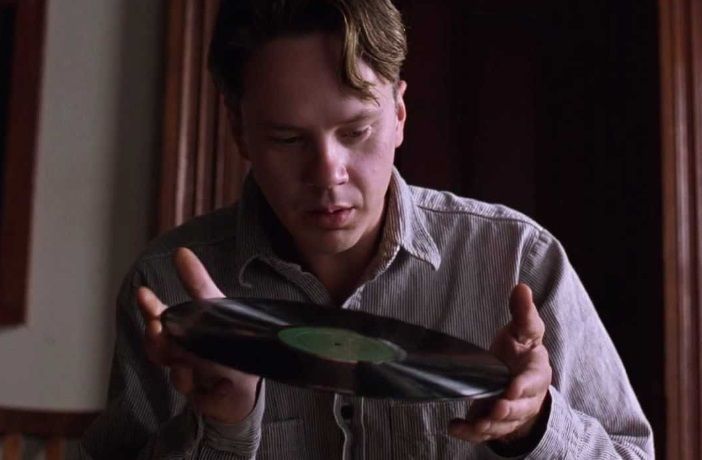
That small gesture added a lot to the scene. It showed Andy’s quiet rebellion and his refusal to let prison break his spirit. The moment became one of the most memorable in the film, thanks to Robbins’ creative input.
Film Was a Box Office Flop
Even though it’s now one of the most popular movies of all time, The Shawshank Redemption didn’t do well at the box office. Made on a $25 million budget, it only earned around $727,000 during its opening weekend and about $18 million total.
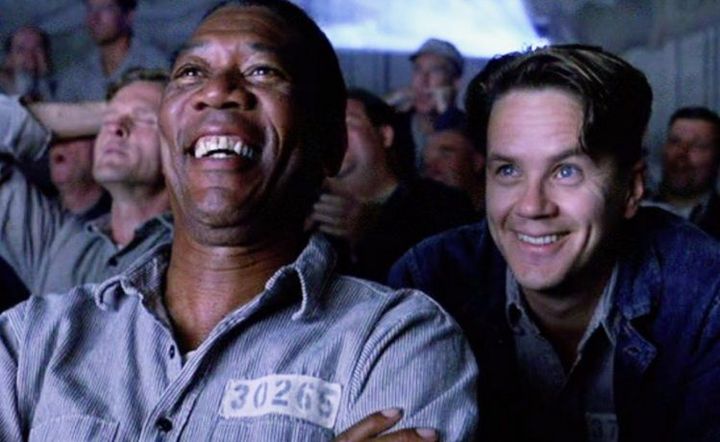
Even after earning another $10 million from Oscar buzz, the film was still considered a box office flop. This was a sharp contrast to the huge success it would later enjoy through other platforms.
Home Video Brought it to Popularity
What truly saved the movie was home video rentals. In 1995, the year after its release, word of mouth spread, and fans started renting it in large numbers.
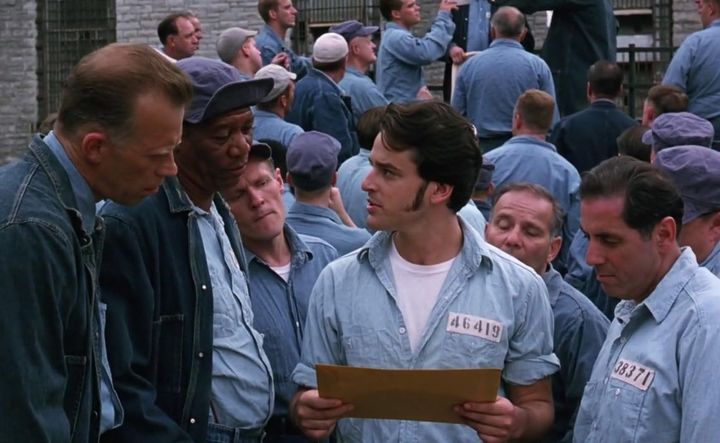
It quickly became one of the most rented movies of the year, helping it gain the respect and fanbase it missed during its theater run. The film’s deep message of hope and freedom finally found the audience it deserved.
Clancy Brown Didn’t Base His Performance on Real Officers
Clancy Brown, who played the intimidating Captain Hadley, chose not to model his character after real correctional officers—even though many offered their help.

He turned down these offers because he didn’t want the role to reflect real people. Brown believed Hadley should stay fictional, and this decision helped him create a more powerful, movie-style villain while avoiding misrepresenting actual officers.
Red Was Described Differently
In Stephen King’s original story, Red is described as a white Irishman. So it might surprise some fans that Morgan Freeman played the role.
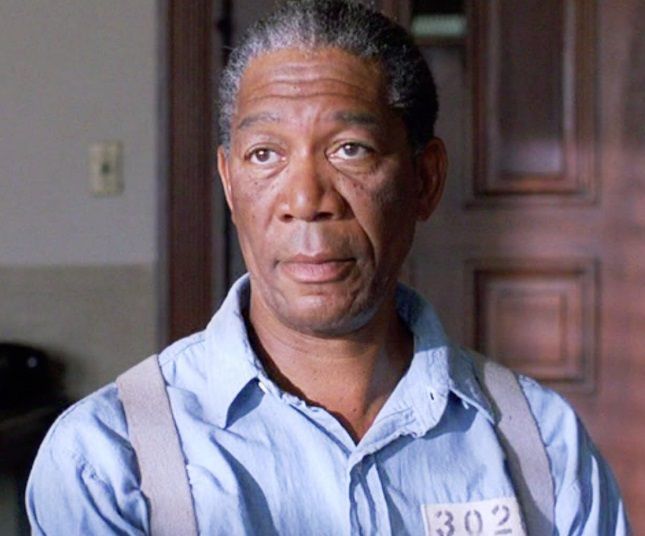
Despite the difference in appearance, Freeman’s performance was so powerful that it became iconic. The film even kept the line, “Maybe it’s ‘cause I’m Irish,” as a funny and clever nod to the original character description.
Rob Reiner Wanted to Direct it
Director Frank Darabont wrote the script for The Shawshank Redemption in just eight weeks. His work was so impressive that Rob Reiner offered $2.5 million to buy the script and direct it himself.
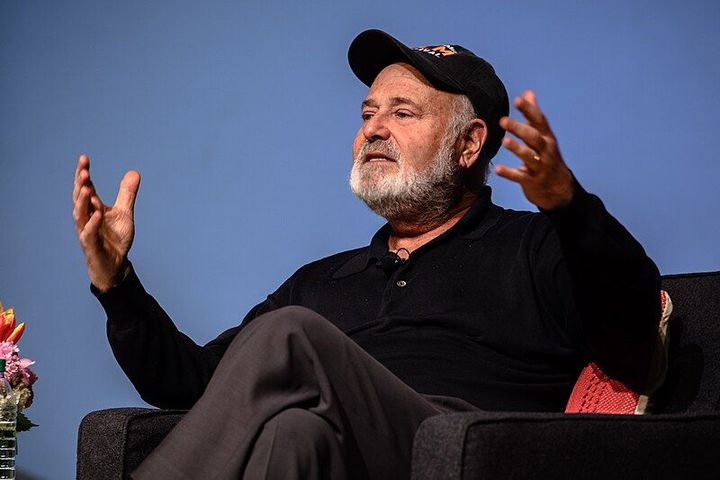
Darabont, who wasn’t in a strong financial position, thought about it. But in the end, he chose to direct the film on his own—and it became his masterpiece.
Darabont Was Embarrassed By Some Material
Most films include deleted scenes and behind-the-scenes footage on DVDs. But Frank Darabont didn’t want that for Shawshank.
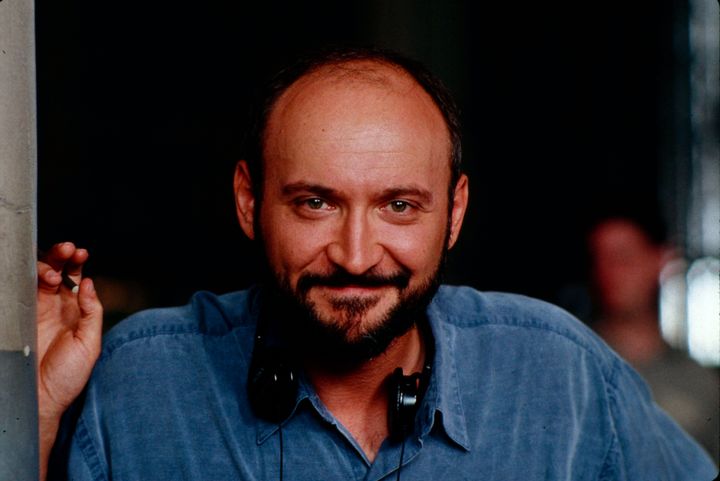
He was so embarrassed by some of the unused footage that he didn’t want it released. Darabont believed in protecting the high quality of the film and only wanted the best parts to be shared with the world.
Feels Just Like Home
Filming in Mansfield, Ohio brought a lot of excitement, and many locals wanted to appear in the movie. But because filming happened during the day, many people couldn’t join due to work.
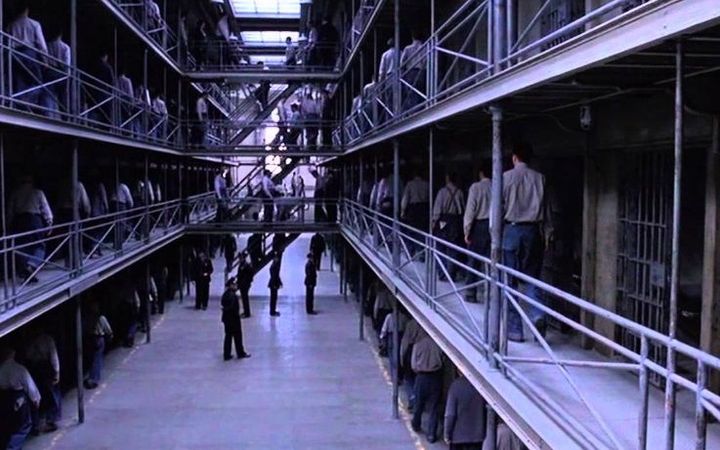
So the team got creative. They hired former inmates and past prison staff from the Ohio State Reformatory as extras. This gave the film a real and authentic prison feel that helped make the story even more believable.
Robbins Asked to Be Locked Up
Some actors go the extra mile to fully understand their roles, and Tim Robbins was one of them. To truly feel what Andy Dufresne went through, Robbins asked to be locked in a real solitary confinement cell.
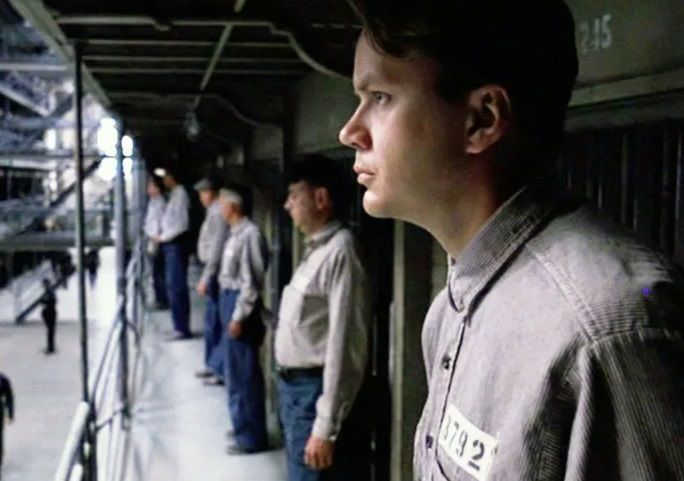
He wanted to experience the isolation and loneliness that prisoners feel. This deep level of preparation helped him deliver a powerful and believable performance, making Andy’s journey even more real for the audience.
Tense Filming Environment
Even though the movie shows deep and emotional bonds between the characters, things weren’t always smooth behind the scenes. The set was full of tension and disagreements.

At times, actors didn’t see eye to eye with the producers or the director, creating a challenging environment. When asked about the on-set dynamic, Morgan Freeman simply said to “move on,” showing that it wasn’t something people liked to talk about.
Morgan Freeman’s Narration Took Longer Than Expected
At times, actors didn’t see eye to eye with the producers or the director, creating a challenging environment. When asked about the on-set dynamic, Morgan Freeman simply said to “move on,” showing that it wasn’t something people liked to talk about.
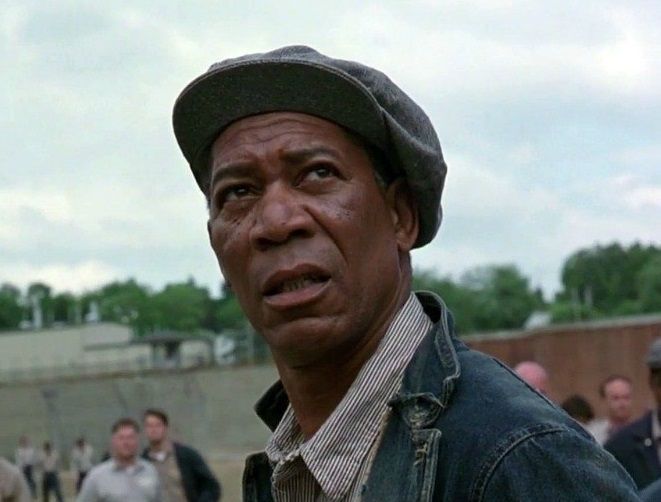
At first, it only took an hour to record, but a technical problem—a tape hiss—made the recording unusable. Freeman had to re-record everything over three extra weeks. In the end, the narration was perfectly matched to the film, and it became one of its greatest strengths.
Robbins Could Predict a Bird’s Behavior
In one library scene, a crow shares the spotlight with Andy Dufresne. But because birds can’t be trained easily, Robbins had to learn to read the crow’s behavior.
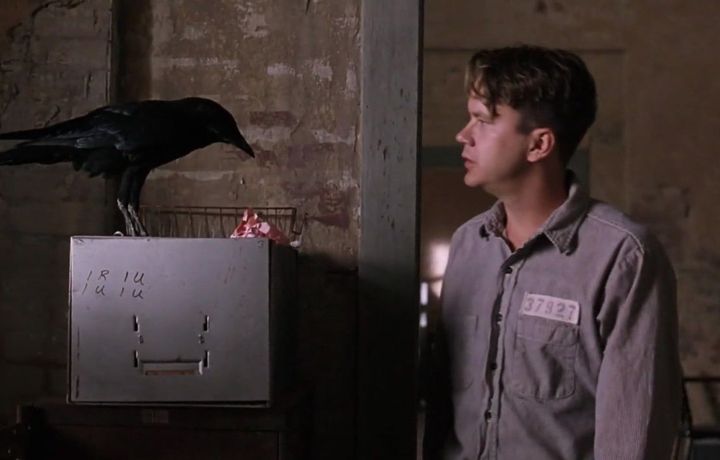
He studied its habits so he could time his line right when the bird made a sound. If you watch closely, you’ll see Robbins keeping an eye on the crow, ready to speak at just the right moment. It’s another example of his strong dedication to the role.
Powerful Scene Increased a Song’s Popularity
One of Andy’s boldest moments is when he plays opera music over the prison loudspeakers. Originally, the script had him turn the music off, but Robbins saw a better idea.
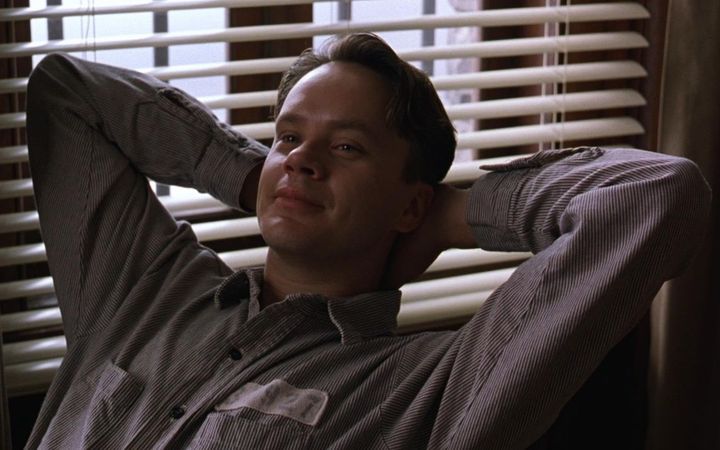
He decided Andy should turn up the volume on Mozart’s The Marriage of Figaro, creating one of the film’s most moving scenes. The moment was so powerful that the opera song became more popular and was even considered for the AFI’s top 100 movie songs.
Ambulance Broke Down on Set
The movie didn’t have a huge budget, and that caused problems during filming. One major issue happened when a rented ambulance broke down during a critical scene.
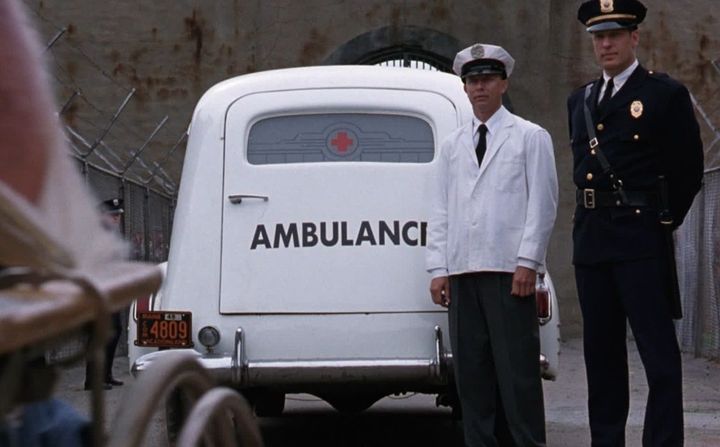
The scene showed Bogs being taken away after a beating, but the ambulance wouldn’t start. Instead of replacing it, the crew used a clever trick: they pushed the ambulance from behind. Their timing was so perfect that viewers never noticed it wasn’t moving on its own.
Opening Night Wasn’t as Successful as They Hoped
It’s common for directors to visit theaters on opening night to see how audiences react to their films. But when The Shawshank Redemption premiered, the results were heartbreaking—no one came to watch it.
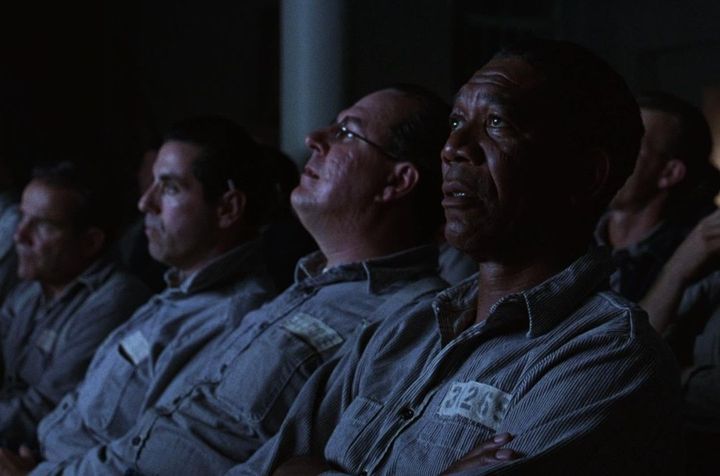
Producer Liz Glotzer and director Frank Darabont went to a 900-seat theater on Sunset Boulevard, only to find the room completely empty. They were so disappointed that they even convinced two young women to buy tickets, offering a refund if they didn’t enjoy it. It was a tough start for what would later become one of the most loved movies in film history.
Crew Member Got Stranded In Mexico While Scoping Out Locations
Although most of the film was shot in Ohio, the final beach scene was filmed in the Virgin Islands. Before that location was chosen, a scout trip to Mexico went terribly wrong.

Location manager Kokayi Ampah was sent to explore beaches in Mexico but ran into trouble when both his passport and rental car were stolen. Thankfully, the local police later recovered the car, and he was able to return safely to the U.S. It’s a reminder that even behind-the-scenes work can come with big risks.
Title Was Its Downfall
While many things affected the film’s poor box office start, some believe the biggest issue was the title itself—The Shawshank Redemption. According to producers and actors, it was hard to pronounce and difficult to remember, which may have hurt ticket sales.
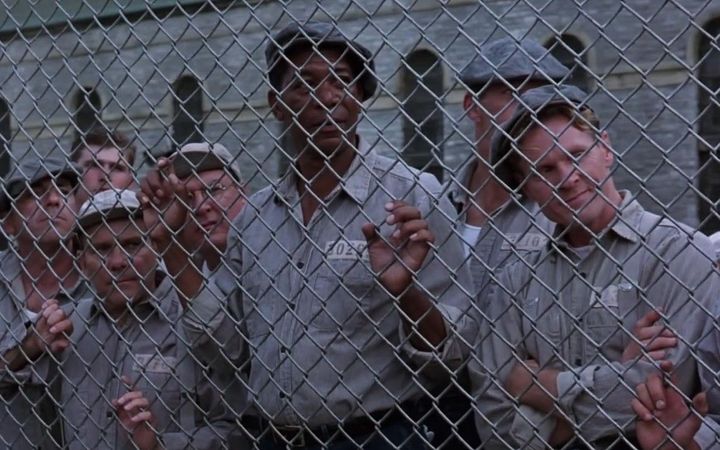
Since most films rely on word-of-mouth marketing, a confusing title can make it harder for people to recommend the movie. This likely played a role in the film’s low opening numbers, even though it later became a timeless classic loved by millions.
Filming Was Particularly Exhausting
While audiences enjoy the final result, filming The Shawshank Redemption was a major challenge for everyone involved. The cast and crew worked long hours, often putting in 15 to 18 hours a day, with only Sundays off.
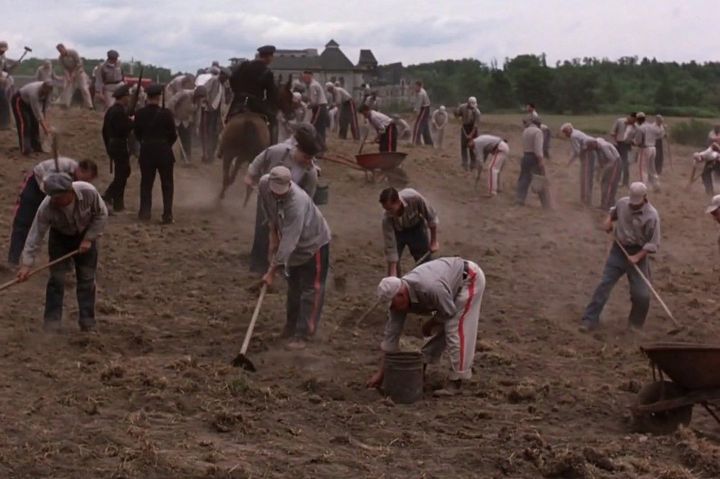
The process was made even tougher by director Frank Darabont’s inexperience, as he often asked for multiple takes of the same scene. This demanding schedule and constant retakes pushed many to their limits, making the shoot one of the most exhausting in their careers.
Producer Liz Glotzer Had the Thought to Cast Freeman
At first, director Frank Darabont was focused on traditional choices for Red, including big names like Gene Hackman and Robert Duvall. But it was producer Liz Glotzer who suggested a bold idea—casting Morgan Freeman.
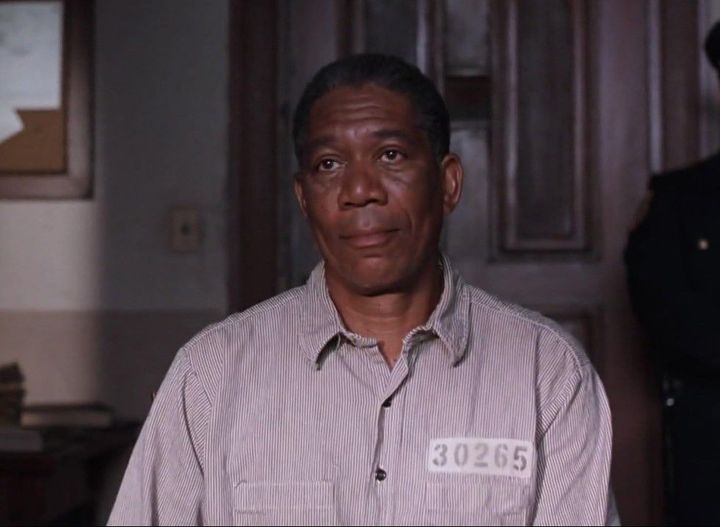
She believed Freeman’s powerful voice and calm presence would be perfect for the role, especially because of the important voiceover narration. Her suggestion changed the direction of the film and helped make Freeman’s role one of the most iconic in movie history.
Using the Prison Wasn’t Enough
Most of the movie was filmed at the Ohio State Reformatory, a real prison with a dark history. However, not everything could be done there. To save money and make sound recording easier, the crew built indoor sets for some scenes.
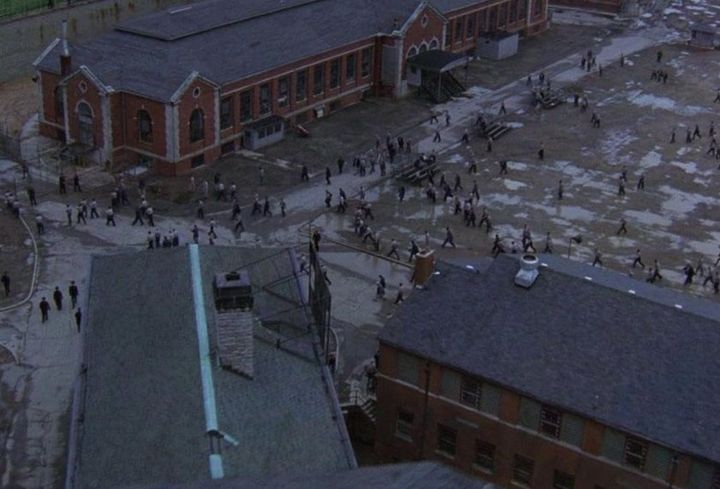
After the movie was finished, most of the prison buildings were taken down. Only the cellblock and main admin building were left standing. Today, the site is a popular tourist attraction, and has even been used for TV shows and music videos, keeping the memory of the movie alive.
King Never Cashed His Checks for the Rights to the Film
To make The Shawshank Redemption, Frank Darabont bought the rights to Stephen King’s novella Rita Hayworth and the Shawshank Redemption. The price was surprisingly low—between $1,000 and $5,000.
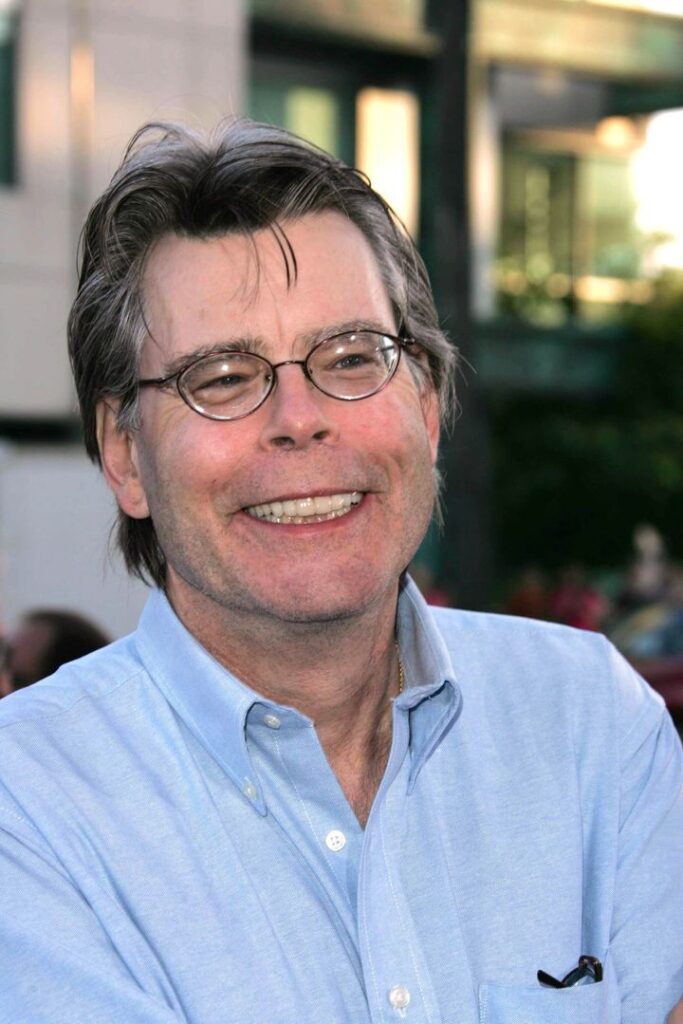
But King never cashed the check. After the film became a hit, he framed the check and mailed it back to Darabont with a note saying, “In case you ever need bail money. Love, Steve.” This small gesture showed King’s respect and support for the movie’s success.
Tar Scene Was Hard to Shoot
The scene where the prisoners tar the prison roof is a fan favorite, full of bonding and light-hearted moments. But it was much harder to film than it looked.
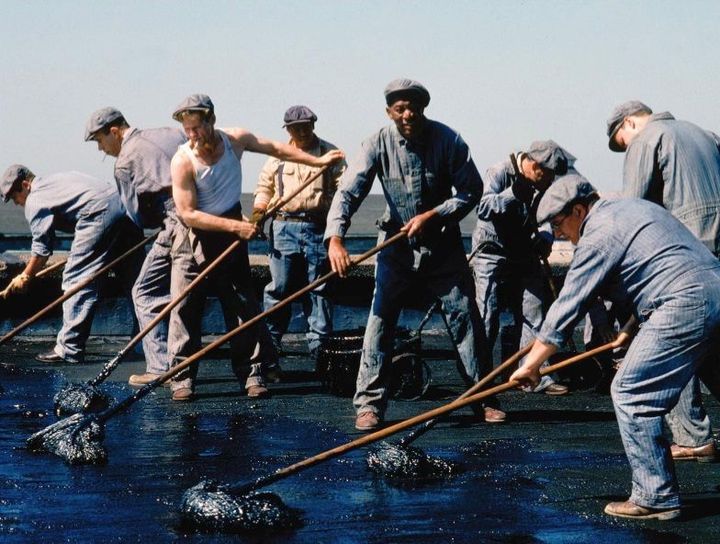
The tar kept hardening between takes, making the mops heavier each time the scene had to be redone. By the time they reached the part where the prisoners enjoy cold beers, the actors didn’t need to fake their relief—they were really tired and thirsty!
Hidden Biblical Reference
The prop team for The Shawshank Redemption paid close attention to every small detail. One clever touch came from prop master Tom Shaw, who hid the rock hammer inside a Bible.
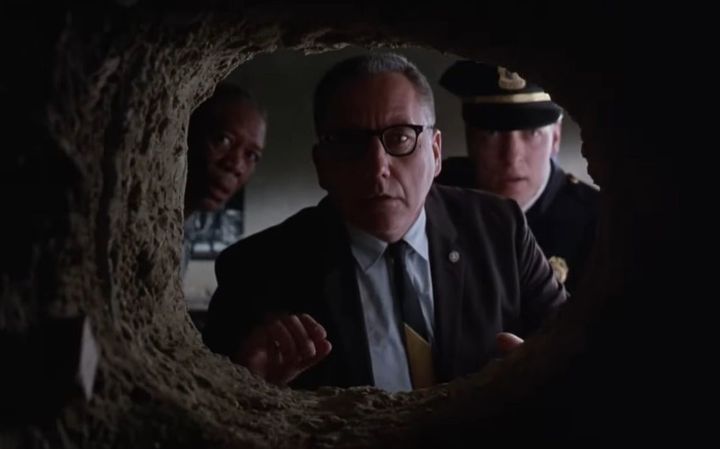
When the Warden opens the Bible, the tool is hidden in a cut-out section. The chapter the book is open to? Exodus—which is all about freedom and escape. This smart detail showed just how deeply the filmmakers thought about symbolism and storytelling.
Maggot Caused a Commotion With Animal Control
Brooks is one of the most beloved characters, especially when he pulls a baby bird from his pocket and cares for it. But one part of that scene caused an unexpected problem.
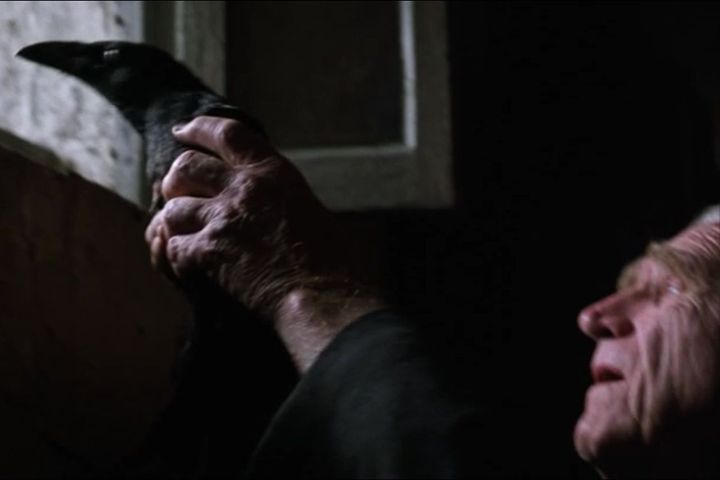
Animal control visited the set and was concerned—not about the bird, but the maggot it was fed. They said feeding a live worm would be cruel to the maggot. So, the crew had to wait until the worm died naturally before they could continue filming, just to follow animal safety rules.
Sewers Were Deemed Unsafe
When Red talks about Andy’s plan as a “pipe dream,” it’s a powerful moment in the story—but filming the scene was much more dangerous than it looked. A local chemist tested the water in the sewer stream, and the results were shocking. The water was unsafe and polluted.

Naturally, Tim Robbins wasn’t happy about this, but the crew still shot the scene. For safety, some shots were filmed in a different pipe filled with a mix of chocolate syrup and sawdust, making it look gross but safe to work in.
Actors Felt Eerie While Filming in the Prison
The Ohio State Reformatory was a perfect filming location, but it carried a heavy, emotional energy. Many actors said the prison felt haunted or sad, as if the pain of former inmates still filled the halls.

Tim Robbins’ son, while visiting, even said the prison felt “sad,” and others agreed. This eerie feeling added to the emotional depth of the film, giving it an even more realistic and haunting atmosphere.
Tar Scene Brought Crew Members To Tears
The roof-tarring scene is one of the most touching parts of the film. After long hours under the hot sun and tough filming conditions, the actors shared real emotions when they finally got to enjoy those cold beers.
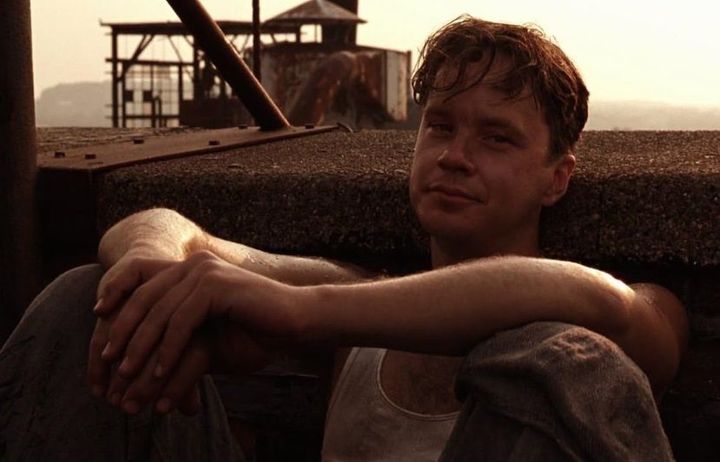
The scene was so powerful that some crew members cried while filming. The emotions were genuine, and the cast’s deep connection to the story brought the moment to life in a way that moved everyone on set.
Morgan Freeman’s Voice Inspired Others
While the script first drew actors to the movie, it was Morgan Freeman’s voice that truly brought the story to life. During the first table read, the cast listened to his narration—and everything changed.
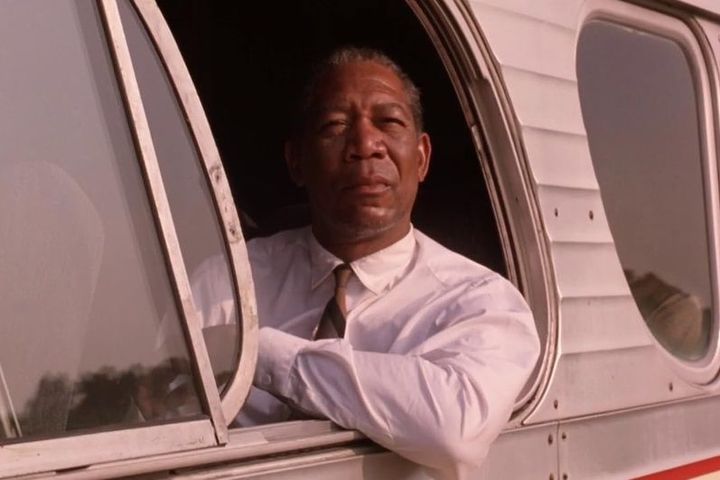
His deep, calm voice made the story more emotional and powerful. It helped everyone understand just how special the film was. Some even said Freeman deserved an award for his voiceover alone, as it gave the film its unforgettable tone.
Killing Tommy Wasn’t in the Novella
In Stephen King’s original story, Tommy doesn’t die—but the movie changed that. Director Frank Darabont made the choice to have Tommy killed to show just how cruel and corrupt the warden really was.
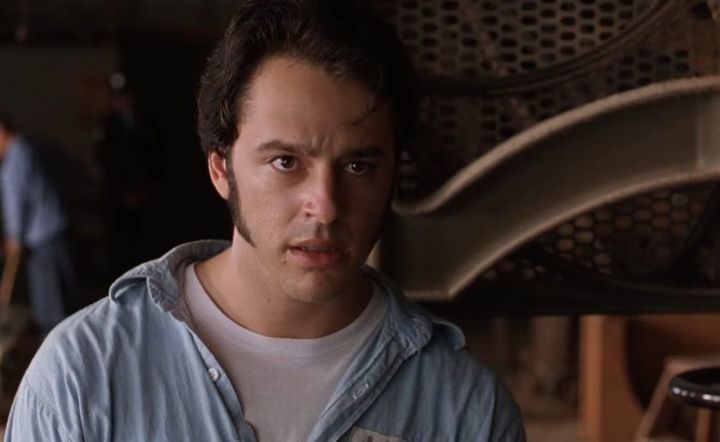
This decision made the story darker and more intense, showing that the warden would do anything to keep his secrets. It also made Andy’s situation feel even more dangerous, increasing the emotional stakes for the audience.


